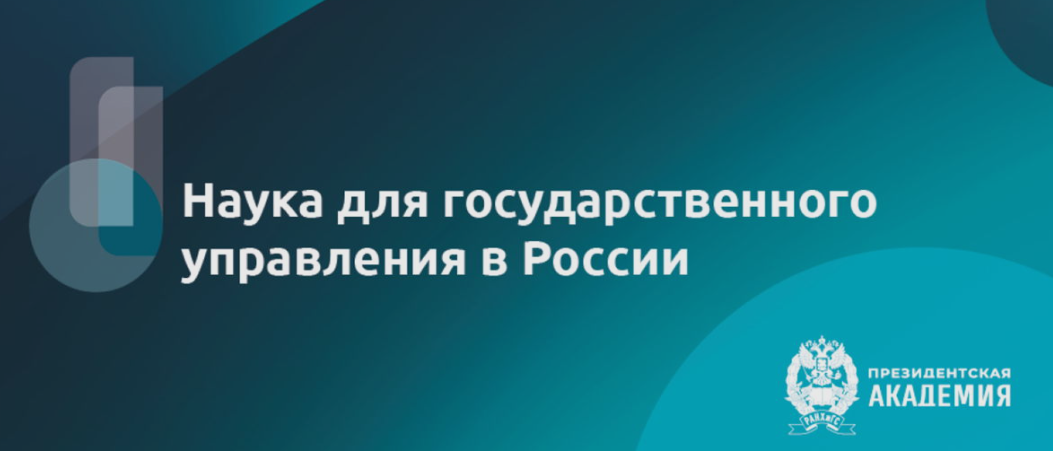On the Size and Professional Composition of RAS Academicians and Corresponding Members
EDN: ZEJELU
Abstract
This opinion piece critically examines the transformation of the Russian Academy of Sciences (RAS) following its 2013 reform, highlighting systemic issues in its membership composition. The author argues that the 71% postreform surge in academicians (to 941 by 2025) has eroded the prestige of RAS titles, exacerbated by the election of non-scientists (officials, politicians, business figures) and instances of nepotism. Drawing on historical precedents from the USSR era, the paper advocates for legislative reforms to restore academic integrity. Key proposals include legally defining «scientist» to exclude non-professionals, reinstating USSR-style justification protocols for new academic seats, restricting financial benefits to active researchers, and leveraging the newly established RAS Trusteeship Council to enforce criteria. The article underscores the urgency of these measures to prevent further devaluation of RAS authority and ensure Russia’s scientific development.
About the Author
A. S. KulaginRussian Federation
Andrey S. Kulagin – Doctor of Economics, Chief Scientific Officer
32, Nakhimovsky Pr., Moscow, 117218
References
1. Karpinsky, A.P. (1945). Collected works: Vol. 3. USSR Academy of Sciences Publishing House.
2. Nikonov, A.A. (2023). The historical path of VASKhNIL and its contribution to agrarian science. Encyclopedia of Russian villages
Review
For citations:
Kulagin A.S. On the Size and Professional Composition of RAS Academicians and Corresponding Members. Economics of Science. 2025;11(2):11–16. (In Russ.) EDN: ZEJELU




































